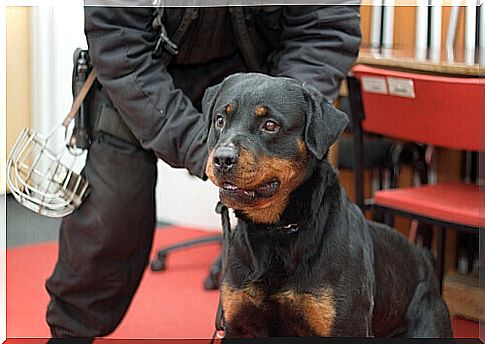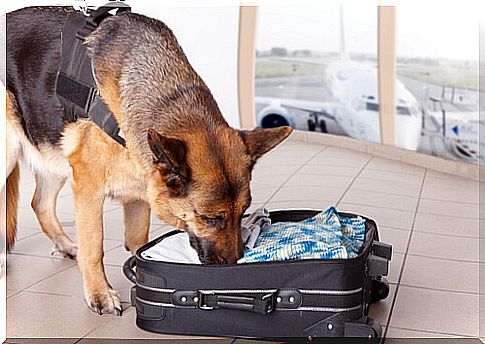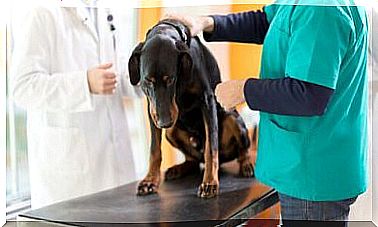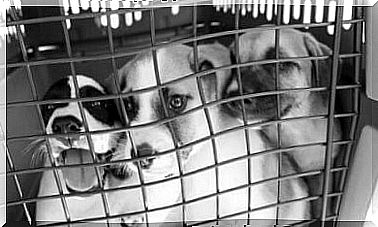Training Of Anti-pyromaniac Dogs

It’s possible that you haven’t heard of anti-pyromaniac dogs yet , so today we’ll talk a little about this important work that some dogs perform.
Dogs have accompanied and helped people throughout history and the use of certain gifts and characteristics of dogs has been extremely beneficial to our species.
Dogs have very powerful senses, such as hearing and smell, which allows them to detect things that, for us, would be impossible.
However this is not something free. Dogs need training to be able to do specific jobs, as well as leverage all their talents and make the most of them.
What is an anti-pyromaniac dog?
Anti-pyromaniac dogs are a group of dogs specifically trained to detect the use of fire accelerating agents in cases of fire and, in this way, be able to detect if they were provoked.
Anti-pyromaniac dogs are also used in institutions, or buildings, with a risk of terrorist attack, to deter this type of action (with a similar function to bomb dogs).
The way they do detection is through the use of one of their most powerful senses: smell.
Through this powerful sense, dogs can discover products such as gasoline or kerosene, albeit in tiny amounts, that even machines could not detect.
What is a wildfire?

Something that forced the police and other regulatory bodies to train dogs for this specific function, is due to the number of fires that occur each year. So what’s the difference between an arson fire and a normal or accidental one?
As the name implies, arsons are those that are caused by a person, with a specific purpose. Produced fires differ from accidental ones because they are intentional, that is, whoever causes them does so with full awareness that their actions will have repercussions in a fire.
Let’s look at some reasons:
- To receive insurance. Insurance fraud is possibly the #1 reason for arson.
- To cover up a crime. On many occasions, fires are started in order to erase the trail of a crime of the worst magnitude (robbery, homicide, etc.).
- For revenge. The number of fires that are committed on third-party properties as a form of revenge for offenses of different natures is very striking.
- For a pathology. One of the less common causes, but one that still presents itself, is that of fires caused by people who suffer from pyromania, or an uncontrollable attraction to fire or burning things.
Whatever the reason, determining the cause of a fire is important because, in this way, investigations can be initiated that culminate in the whereabouts of those responsible and, thus, they can answer for the damage they caused.
How is the training of anti-pyromaniac dogs?

Anti-pyromaniac dogs should have their training started when they are still puppies. They are primarily trained as police dogs, which includes an education in obedience, in pursuit and in rescue and rescue.
However, individuals with an exceptional sense of smell are selected to receive specific training (just like what happens with anti-drug dogs).
The training basically consists of familiarizing them and teaching them to look for products such as gasoline, oil, kerosene and different types of alcohol (including liquor), or any type of substance that is known for its accelerating properties (the capacity cause fires).
As soon as the dog locates the substance, he receives prizes.
The dog is taught to move discreetly, so that he is not at risk of having an accident while doing his job (for example, falling into a hole or stepping on an ember).
As training progresses, different locations are used, which have the entire class of stimuli, whether visual, auditory or olfactory; these act as distractions to educate the dog on what to focus on.
In the final phase of training, the dog is taken to real scenes (some can be created just for training purposes) to see how the dog reacts and to familiarize him with this type of scenario.
Finally, he receives his anti-pyromaniac dog diploma, which gives him a human colleague and roles within the police.
The average of training is one year, although it must be reinforced during the first four years of the dog’s life.








